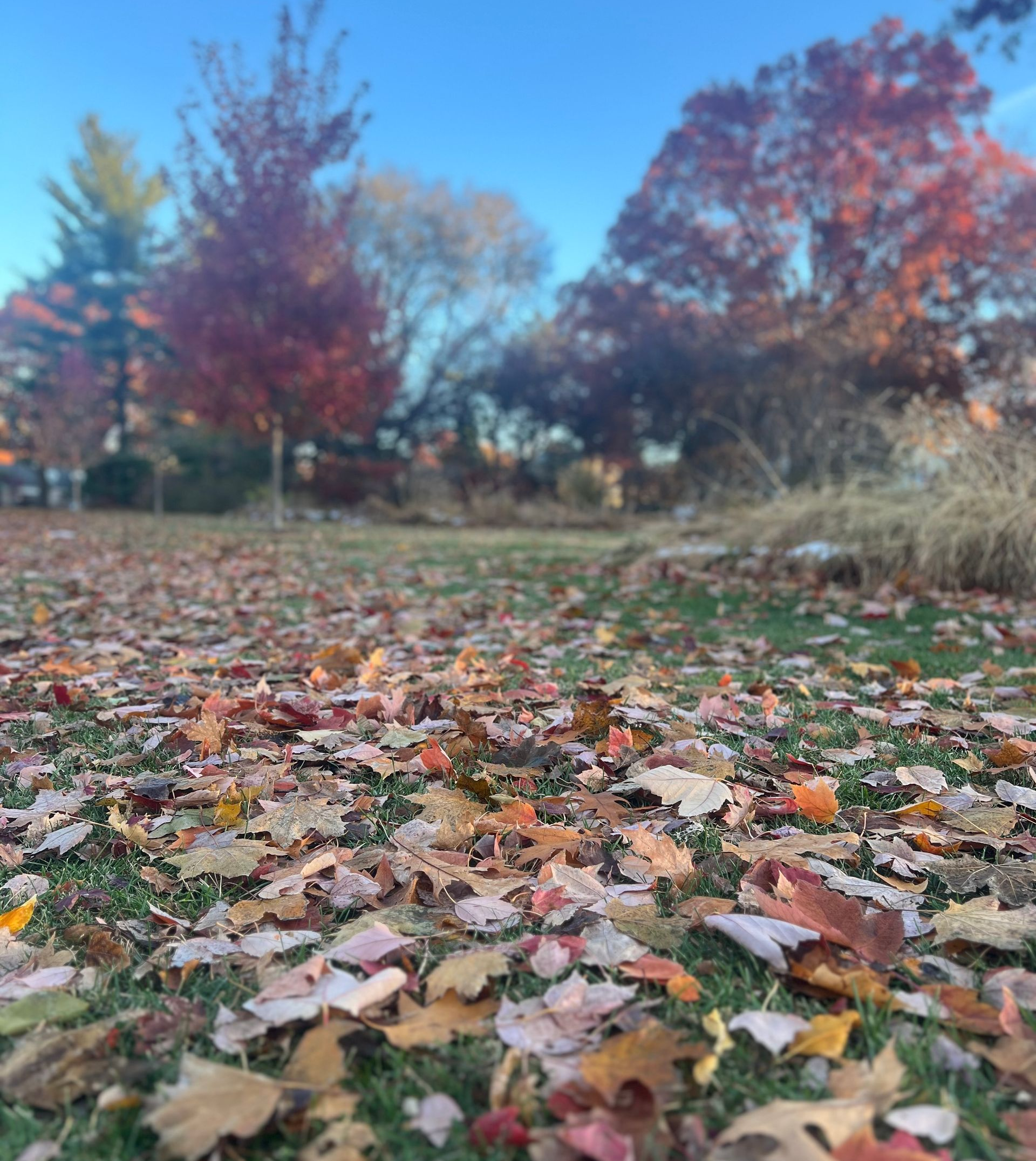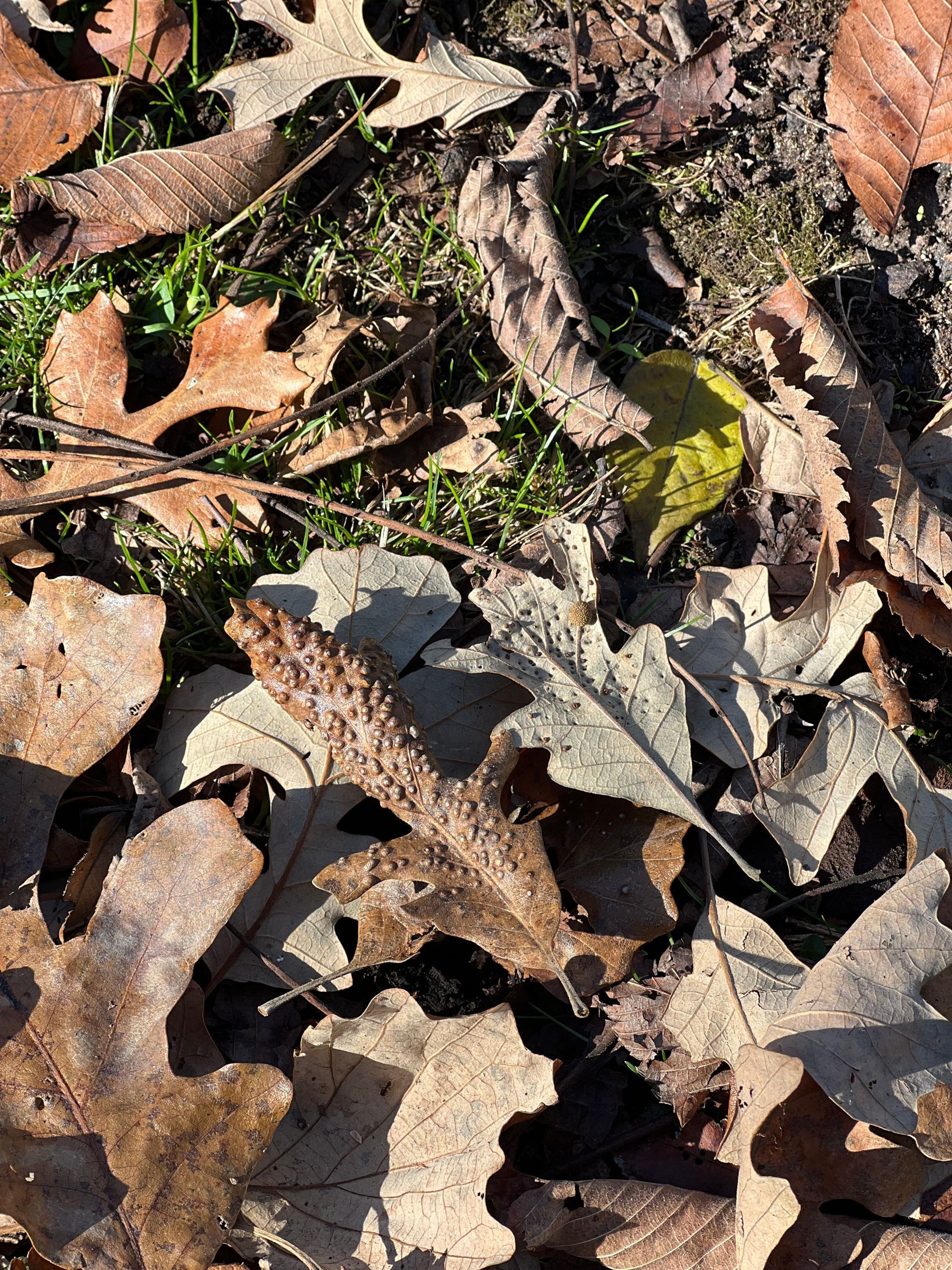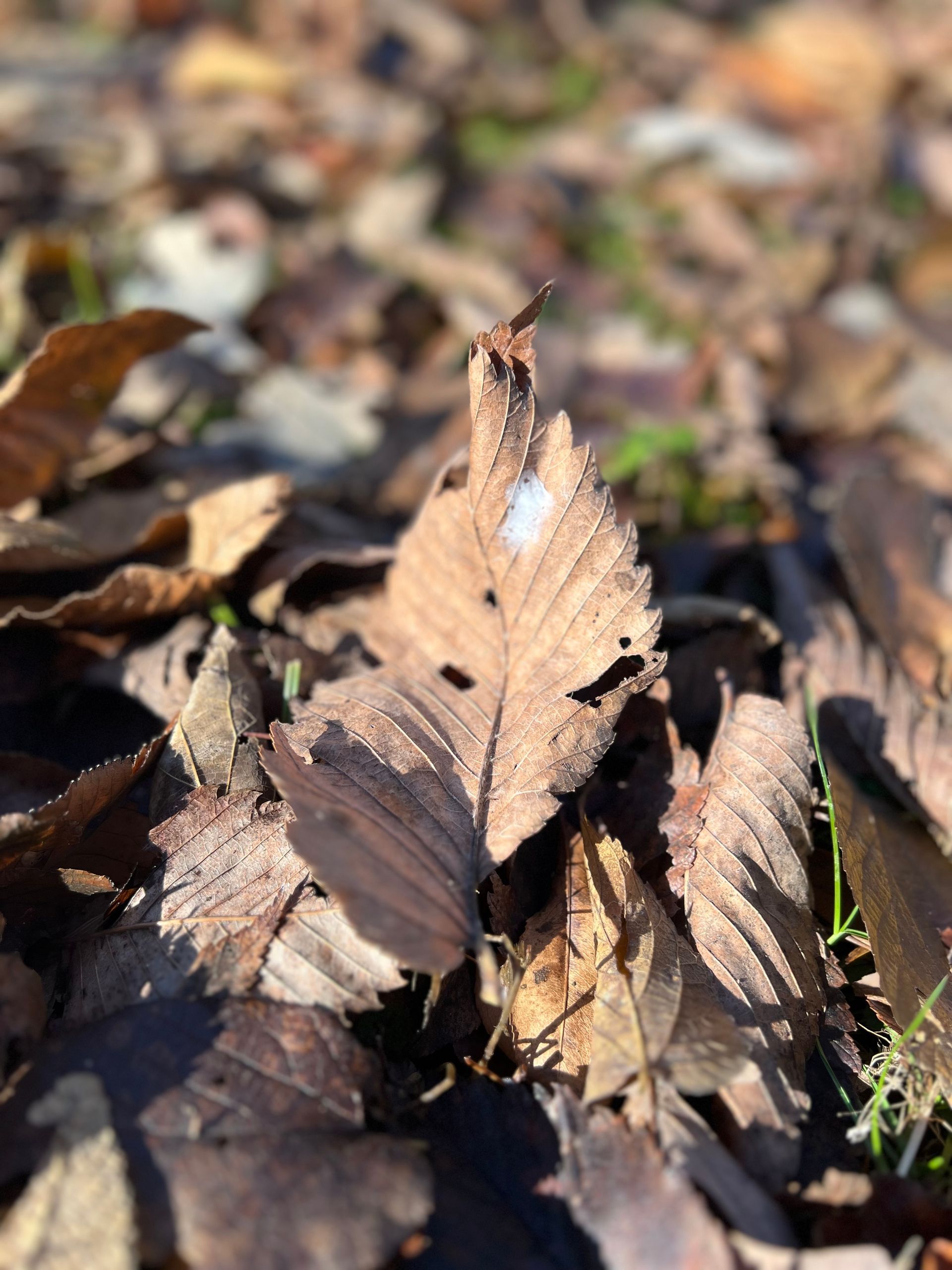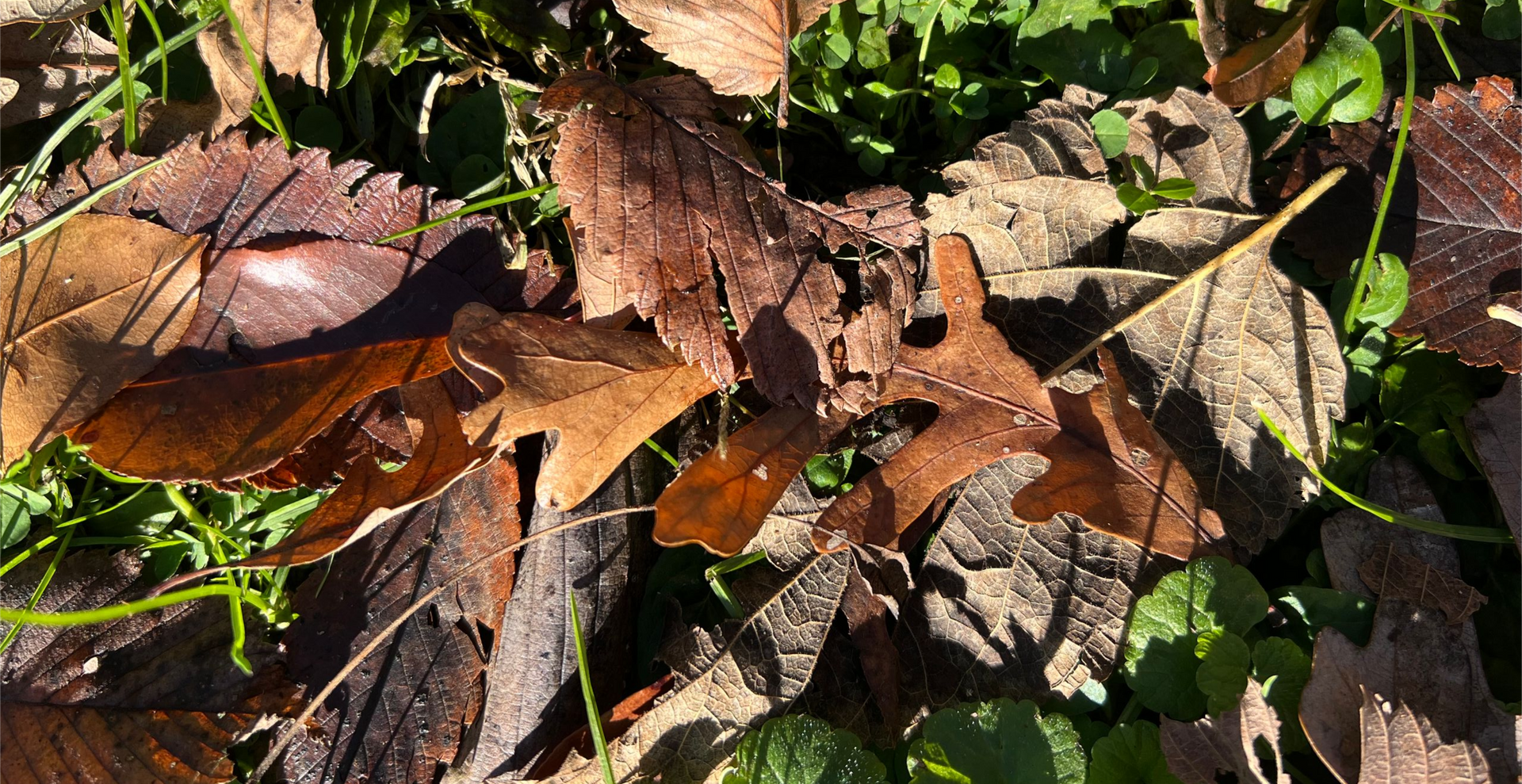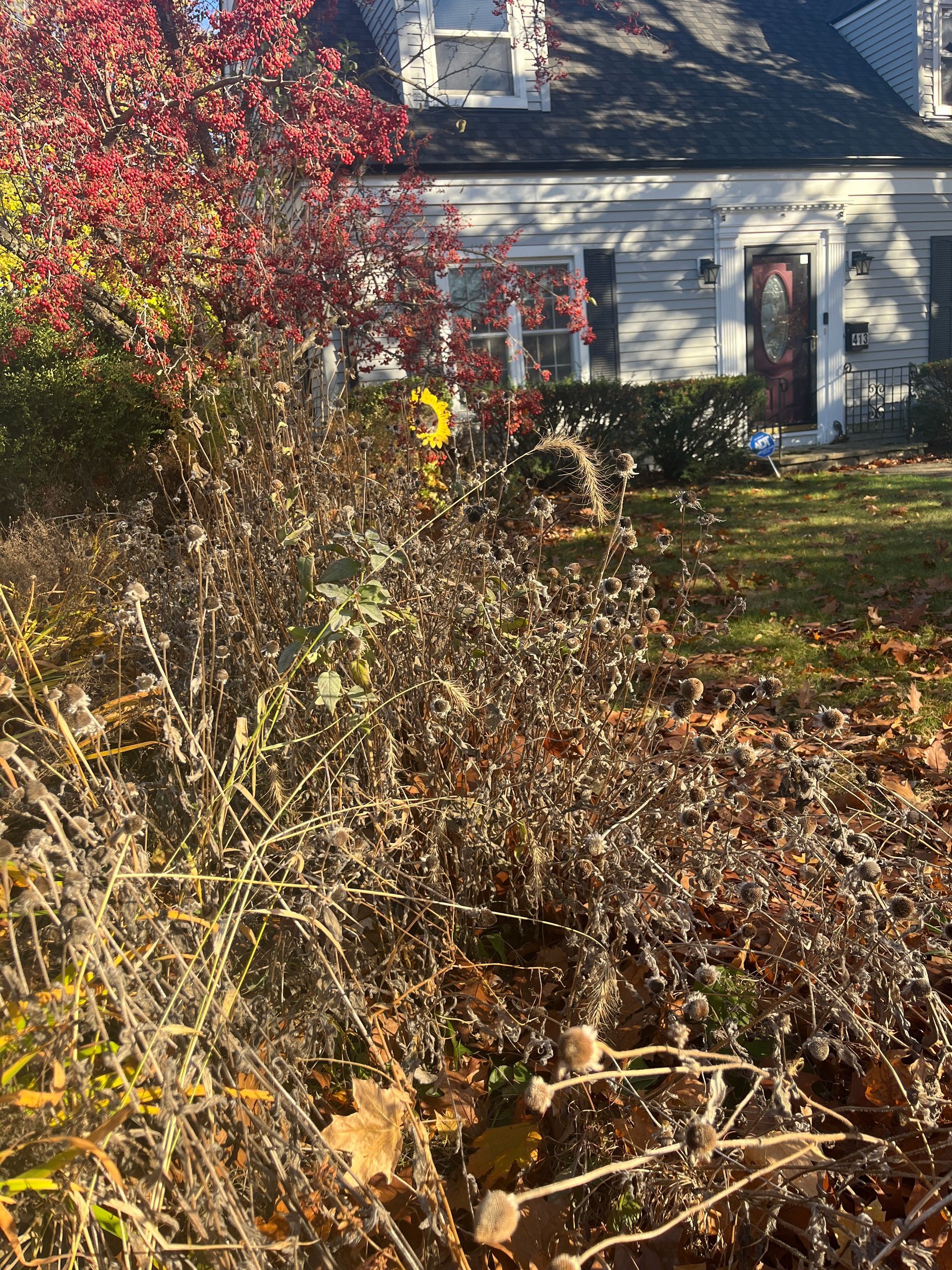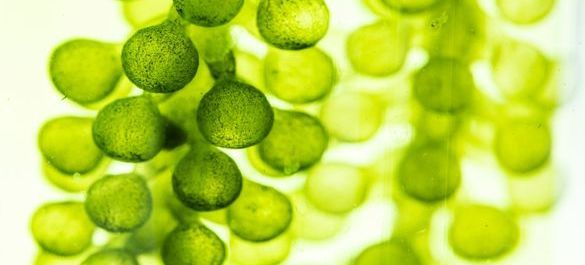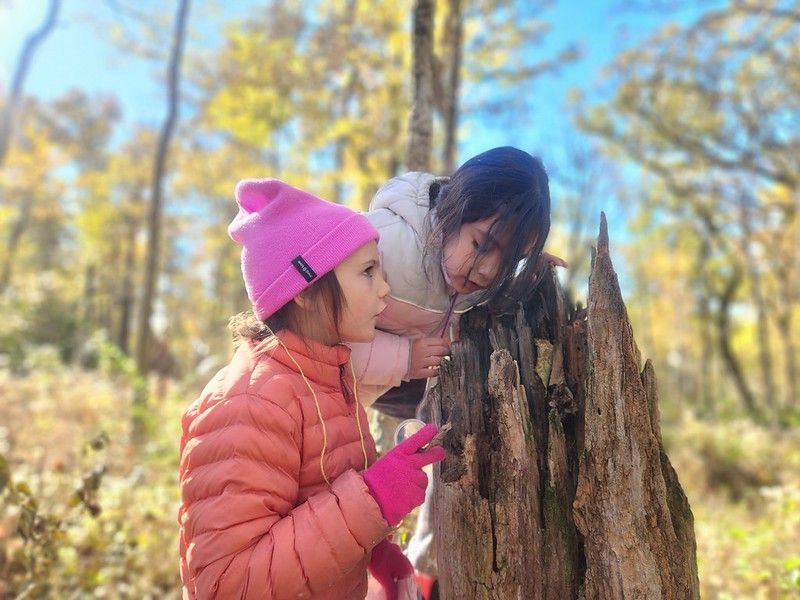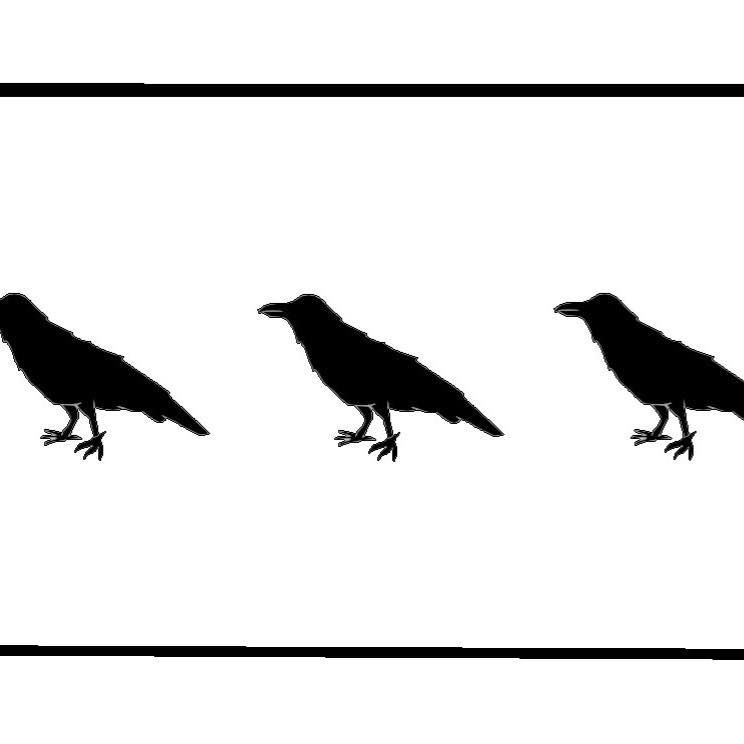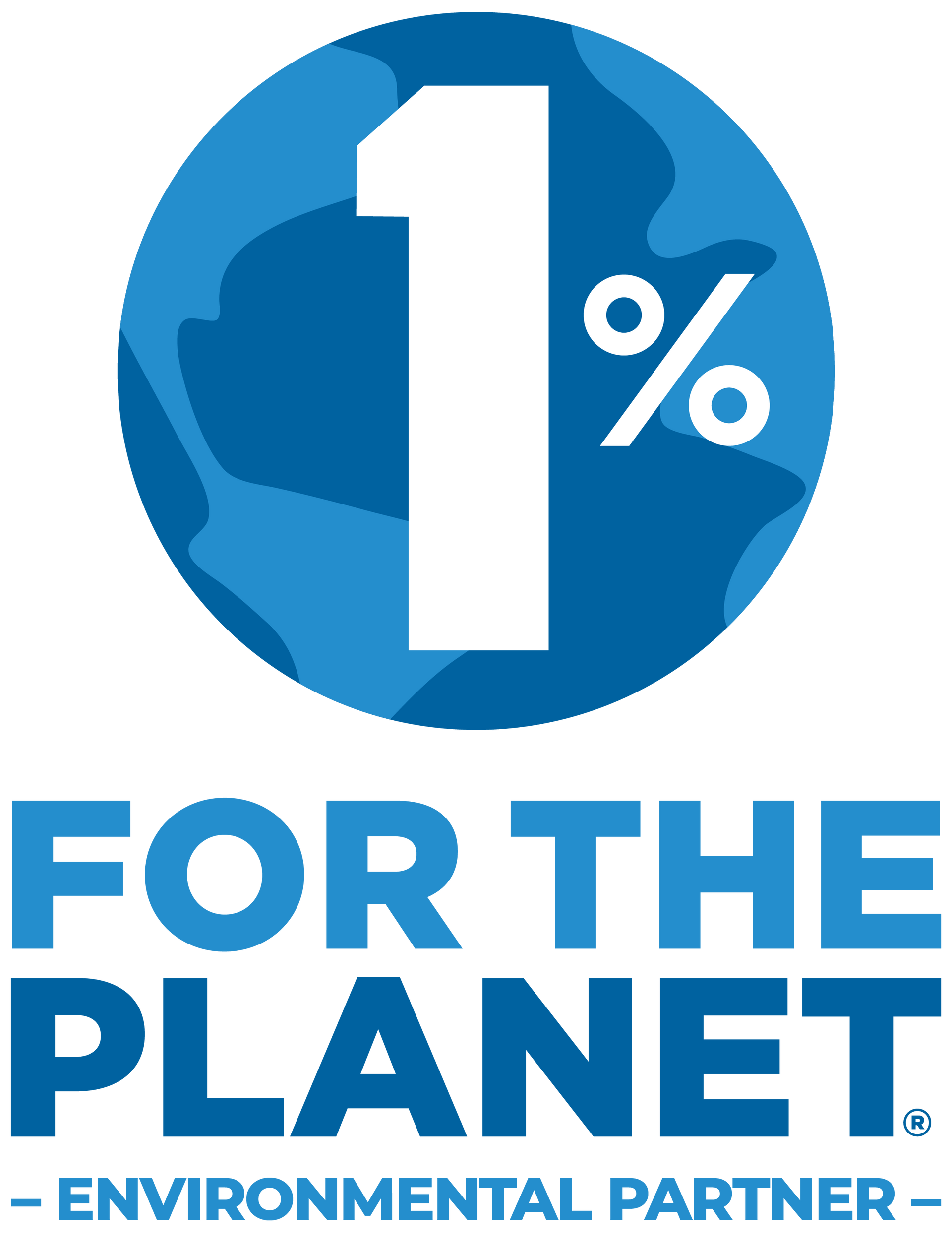The hidden benefits of leaving your yard waste this fall and winter
Have You Ever Wondered Where Bugs Go In the Winter?
Some insects, like the
Monarch Butterfly, take off on their famous migration south to Mexico to find warmer temperatures for the winter. However, most bugs don’t go so far. In fact, they stay put in your backyard and enter a hibernation-like state called
diapause. During diapause, insects take shelter and slow their metabolism to reserve energy, and then rising temperatures cue then their emergence in the springtime.
Adult insects (like lady bird beetles, wasps, butterflies, etc) take shelter and settle down for this winter nap, and then return to normal operations come spring. Insects not yet in their adult form
overwinter in the larval, nymph, pupal, or egg stages, and emerge in the spring in the next developmental stage or as adults.
Depending on what species they are, these critters take shelter in leaf litter, logs and other woody debris, and the hollow stems of your flowers and shrubs (even better if the plant is native to your region). You may know that a diverse array of native wildflowers can help provide insects with food all spring and summer, but their benefits continue through the winter, too! Some
tunnel- or cavity-nesting insects, like many native bees, wasps, moths, and spiders crawl inside stems and twigs to lay eggs or overwinter there themselves.
These backyard benefits don't just stop at insects. The seeds left behind from your blossoms also help feed birds, squirrels, and chipmunks. Turtles, frogs, and other small animals reside in your leaf litter and other yard waste, too, depending on the insulating and camouflaging effects as well as the food sources provided.
Let’s Talk Leaves
When it comes to the leaves raining from your trees, you may feel the need to rake, bag them up, and leave them on the curb to be collected. But where do those leaves get taken to after they leave your house? The answer: landfills.
In 2018, yard trimmings received by landfills weighed in at
10.5 million tons, making up 12.1% of American's municipal solid waste (MSW) for the year.
When leaves get sent to landfills, they contribute to the release of heat-trapping gases like methane that negatively impact the Earth's atmosphere. By leaving your leaves, you can reduce the emissions created by their unnatural decomposition AND the emissions produced by your lawn maintenance equipment.
Instead of throwing your leaves away, there may be better options to consider for the sake of your checkbook, and for the wildlife that call your yard home. It's a win-win!
What Can You Do to Help Make a Difference?
First, it is important to understand that while every action (big or small) is important. This is not an all-or-nothing situation. Leaving
any winter wildlife habitat is better than leaving
nothing, even if that means this year you only leave a single pile of leaves behind your house and decide to remove the rest.
Now that the disclaimer is out of the way... The best option for wildlife and their habitat is to
leave your leaves. Simply put: don’t rake them this fall. Let the wildlife be your excuse to be lazy! Your yard waste will break down naturally all winter, fertilizing your lawn and flower beds with free compost, and then anything that is left over can be
removed in the spring. Disturbing this habitat too early can reduce the effects of your hard work the rest of the year, so a good rule of thumb is to wait for temperatures to be steadily above
50 degrees Fahrenheit, (or when you start planting tomatoes).
It is best to avoid mowing, shredding, or using other heavy machinery to break down your leaves because it can harm the critters sheltering under your leaves. However, mulching your leaves and leaving them in place is better than removing them altogether. If you want to ‘declutter’, opt to rake your leaves into piles or spread them in your garden beds to act as mulch. If you are worried about your leaves blowing to your neighbors' yards, where they will be raked up, a light hosing of water should weigh them down enough to stay in place.
There are lots of great nutrients being released in decomposing leaves and then being transferred to your soil to make it healthier for next year. Plus, leaf mulch acts as an insulation, weed suppressant, and fertilizer to promote a garden that looks and functions well.
Standing shrubs or flower stems function as great
nesting habitat, so this is another lawncare task you can erase from your list this season. If you decide to leave your standing shrubs and flower stems, or to stop mowing sections of your lawn, there are signs you can mount to establish your yard as wildlife habitat, as most cities have ordinances to keep lawns maintained to a certain standard. You can register your garden with the
USDA’ peoples garden,i-Pollinate (Illinois Extension), and theNational Wildlife Federation.
BirdFeederHub has a list of state and national pollinator garden resources available if you are interested in diving in further.
If you’re not ready or able to make the big jump, here are some other ways to get started!
If you live in a Home Owners Association (HOA) or a neighborhood with similar resident guidelines, then it may be difficult for you to participate in some of these actions. If you still want to help, there are other options like mounting a bug hotel to provide winter homes for these cavity-nesting insects. You can buy one from commercial or local retailers, or you can make one yourself! Just make sure to clean it out in the spring (similar to birdfeeders) to prevent the spread of diseases.
Even if you don’t have creative control or decision-making power over your landscaping, you can still help spread awareness of global pollinator declines and inspire others to take action where they are able. Please feel free to share this blog with your neighbors and friends, or distribute this flyer (linked here) to help spread the word.
You may think that your small efforts don’t matter, but even small tracts of habitat in urban places can promote the thriving of wildlife. Threats such as habitat loss and pesticide use make life harder for insects every day, so creating safe havens for them throughout our cities can provide them with necessary resources. Healthy, diverse insect populations support all the life around us, including the agriculture we depend on for our food supply.
So, whatever your reason, leave the leaves this year!

